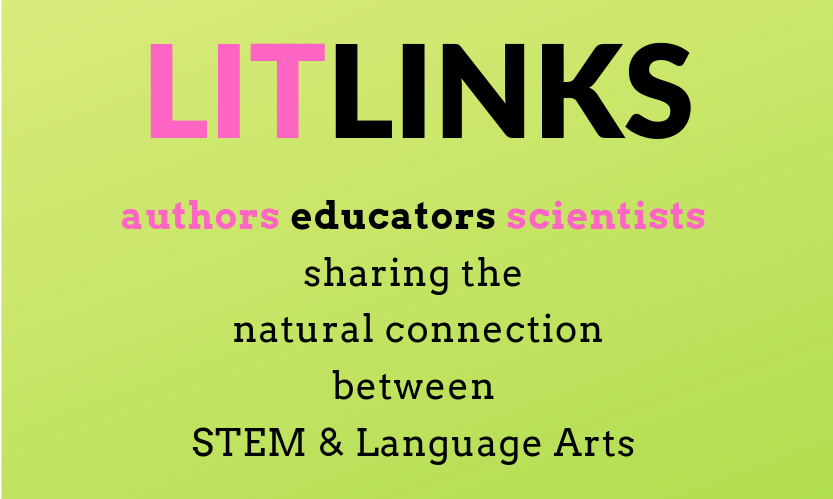
GUEST BLOGGER KOURTNEY LAFAVRE
Does the sun rise?
Children experience the world differently than adults. They might notice the sun’s location in the sky. Maybe they notice shadows or observe how the summer sun makes them feel hot. But their understanding of why these things happen may not come so naturally.
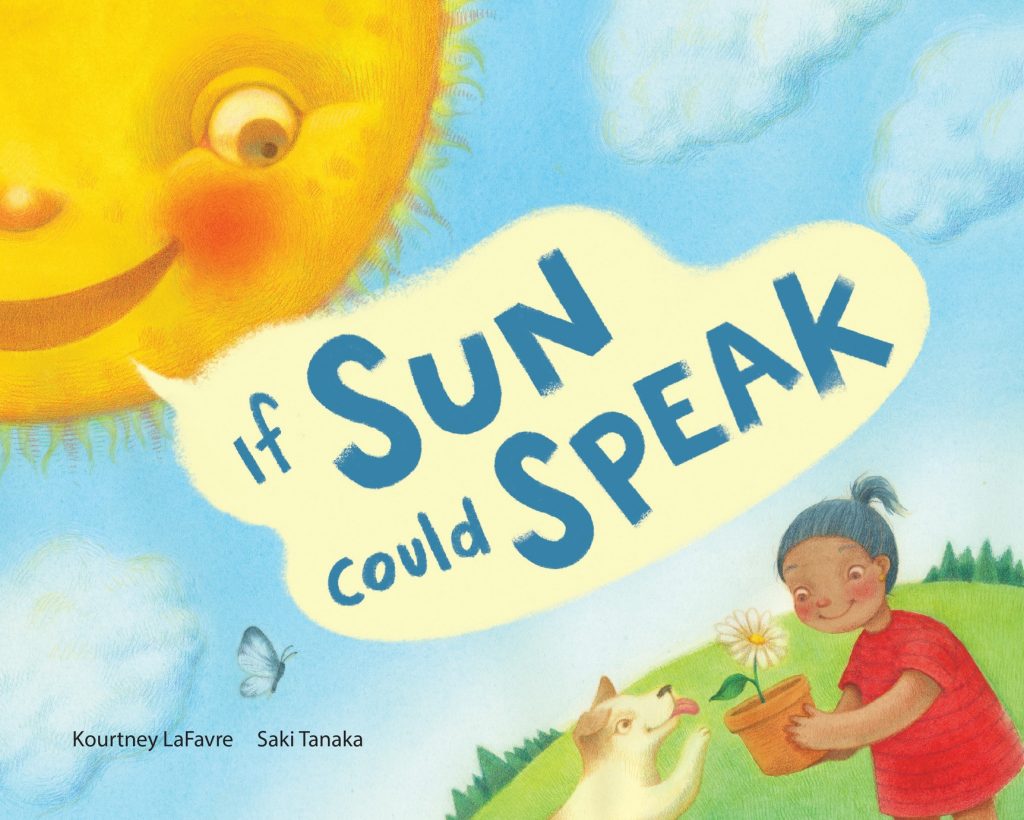
I think I was about five or six when I first discovered that the sun doesn’t actually rise and set. I had assumed that the sun was moving up and down in the sky, because the word RISE means to move upward. That was the definition that my five-year-old self understood, and five-year-old brains are very literal. It totally blew my mind that it was the earth’s movement that created sunrises and sunsets. And I felt mad that I was misled to believe inaccurate information. I was frustrated whenever I heard people say anything about the sun RISING. That’s where the concept of a book told from the sun’s perspective began, to clear up any misunderstandings about the sun. Below you will find one of my favorite activities to do with children in K-2.
Background knowledge about the sun
Materials needed for this activity:
- Globe
- Bright flashlight
- A dark room, or at least a room with window coverings.
- Sticky notes
- Daylight and night worksheet from my website (pictured below).
- The book IF SUN COULD SPEAK, (lesson can be done without the book).
With or without the book, you can ask these questions. Before reading IF SUN COULD SPEAK, inquire about children’s background knowledge about the sun:
- What do you think you know about the sun?
- What do you think the sun would want you to know?
Finding out more about the sun
After reading, ask students questions about sunrise and sunset:
- Did you know that it is the movement of the earth that creates sunrise and sunsets?
- Did you know that one half of earth has daylight, while the other half experiences night time?
“Let’s play with light and see if we can demonstrate it!”
Demonstrate with a bright flashlight and globe, how the light only reaches one half of the Earth at a time. The other half is in Earth’s shadow. Place a sticky note to label your location on the earth. Ask questions while the sticky note moves around with the earth’s rotation.
- Are we experiencing daylight or night?
- What about when we are along the line between dark and light? (Sunrise and sunset)
Children can color their own daylight and night worksheets.
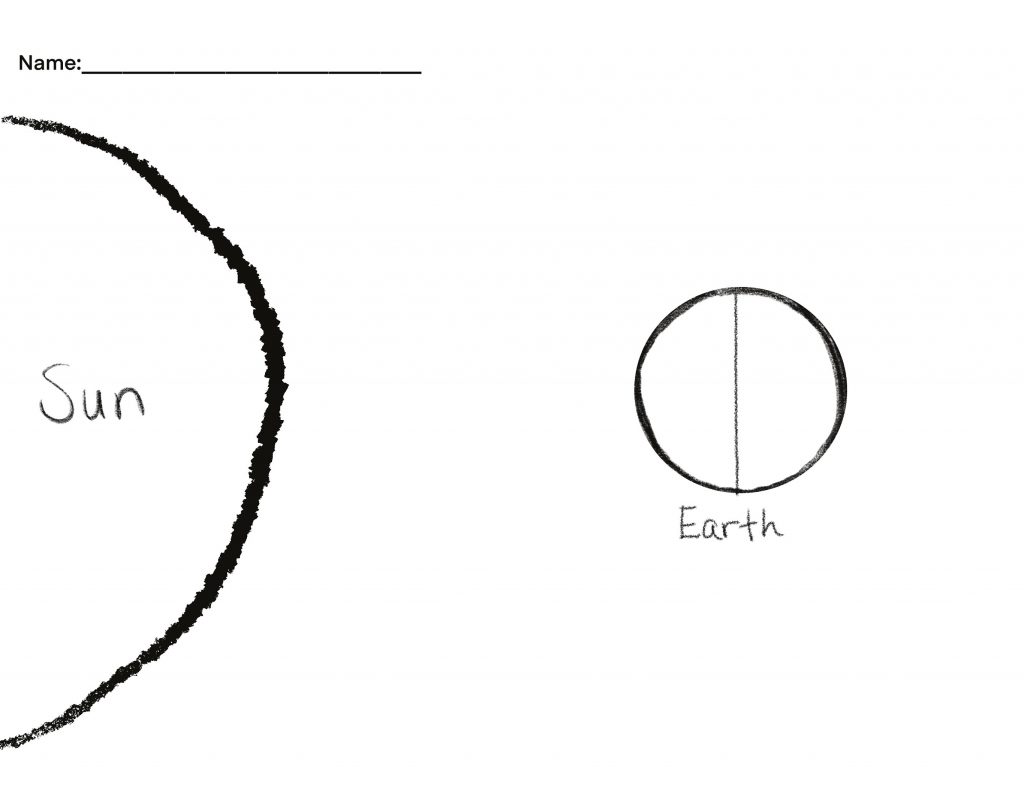
Now get up and move!
- In pairs, children can take turns being the sun and the earth. “Sun” stands still while the “Earth” rotates and spins around the sun.
Next Generation Science Standards for 1st grade, Space systems: Patterns and cycles: https://www.nextgenscience.org/topic-arrangement/1space-systems-patterns-and-cycles
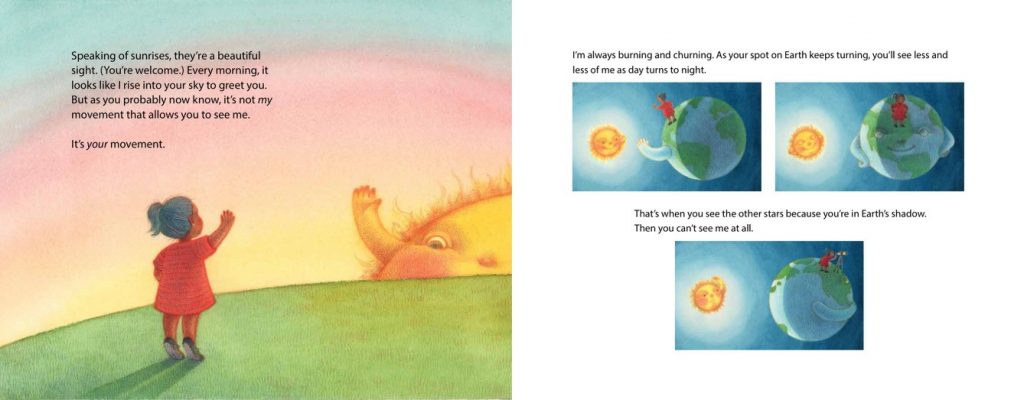

Kourtney LaFavre is an author, educator, and a former elementary teacher. She lives and learns with the rhythms of nature in the woods of NH. As a homeschooling mother of four, she believes the world is their classroom and searches for beauty and lessons. She has 20 years of experience teaching and working with children and families in elementary classrooms, preschools, head start, and other community programs. Kourtney is a lifelong learner, trying to live a life filled with purpose and passion. She writes to inform and inspire. Website: http://kourtneylafavre.com Facebook: kourtneylafavre.writer Instagram: @kourtneylafavre Twitter: @kourtneylafavre




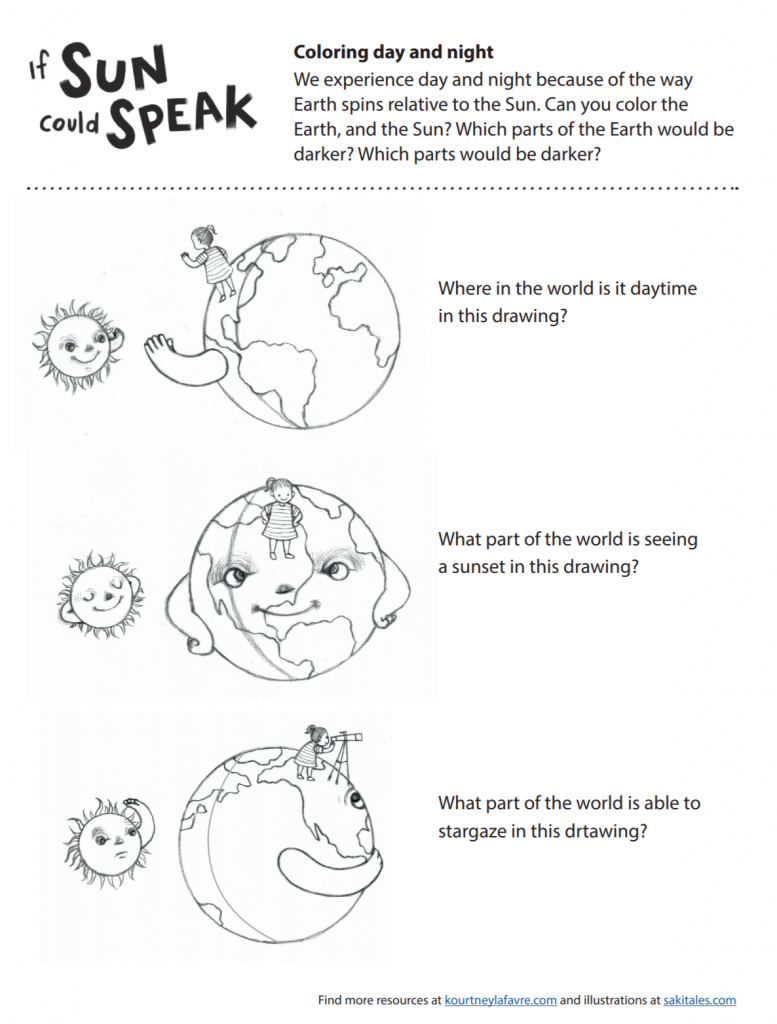




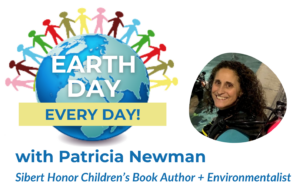
Leave a Reply
Your email is safe with me.